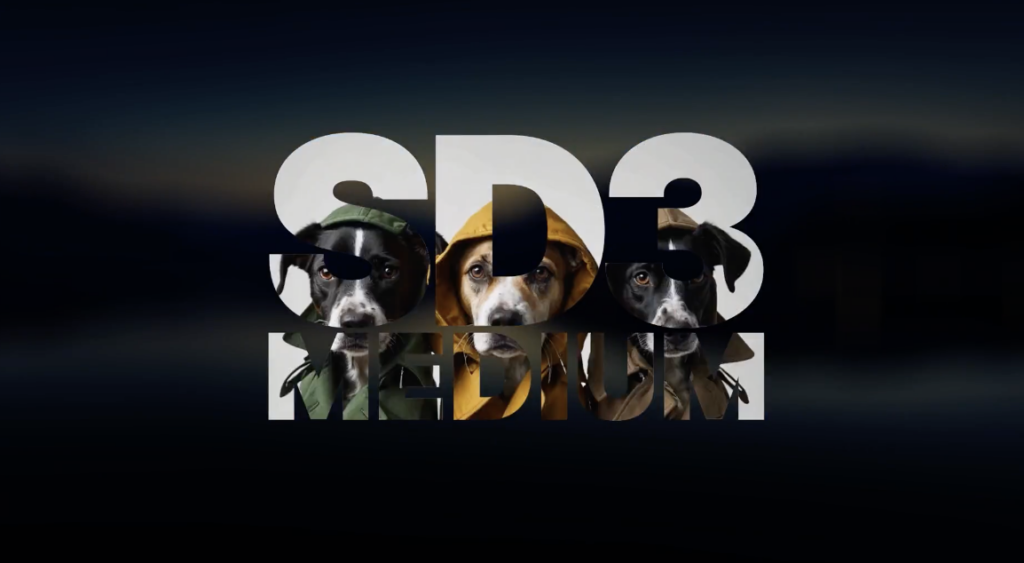
Stability AI recently made headlines by officially open sourcing Stable Diffusion 3 Medium, an image generation model characterized by its lean 2b parameter count. Comparative analyses reveal that in most scenarios, this model outperforms its predecessor, SD2, in generating more intricate and visually appealing details. Moreover, it demonstrates a heightened comprehension of lengthy prompts, with SD3 notably excelling in producing superior images when provided with extended cues. However, despite these advancements, SD3 exhibits a critical deficiency in human body generation, frequently yielding grotesque and anatomically inaccurate humanoid depictions.
Stable Diffusion 3 Generates Bizarre Humanoid Images

Illustrative evidence highlights instances where SD3 generates deformed human structures. While it’s a well-established challenge for image generation models to accurately render human fingers, SD3’s shortcomings extend beyond this limitation, inaccurately representing entire human body structures. Critically, on platforms like Reddit, users attribute this significant malfunction to SD3’s training data, which excluded NSFW (Not Safe for Work) images. Consequently, the model lacked crucial exposure to diverse human body structures, hindering its ability to generate anatomically correct images. This fundamental shortcoming underscores a significant regression in SD3’s capabilities compared to earlier iterations.
Overly Strict NSFW Filtering Always Causes Various Issues
Beyond the realm of image generation, instances such as the SD3 malfunction underscore broader issues associated with overly strict NSFW filtering. In the domain of Language and Learning Models (LLM), similar problems arise, where stringent NSFW AI filters impede users’ ability to utilize these models effectively. As such, a growing number of companies are reevaluating their NSFW AI filtering policies, considering either relaxing these restrictions or removing them altogether to mitigate such issues.
References:
(Pre-Twitter) X officially announced that they will allow users to post NSFW content.
OpenAI considers allowing users to generate NSFW AI content
Llama3 is not very censored, NSFW AI is being treated more leniently?
Should NSFW AI Be Banned?
The debate surrounding the prohibition of NSFW AI content hinges on ethical considerations. While it’s imperative to curtail the dissemination of unethical content, there’s a nuanced distinction between content that breaches privacy or ethical boundaries and adult-oriented material that complies with legal and moral standards. Thus, proponents argue that while certain restrictions are warranted, outright bans on NSFW AI may stifle legitimate expression and limit access to content that, when responsibly curated, serves legitimate purposes.
Conclusion
In conclusion, the unveiling of Stable Diffusion 3 Medium by Stability AI marks a significant advancement in image generation technology, showcasing notable improvements in detail and prompt comprehension. However, the model’s glaring deficiency in human body generation highlights the unintended consequences of overly strict NSFW filtering, emphasizing the need for a balanced approach to content moderation. As companies reconsider their NSFW AI filtering policies, it becomes imperative to navigate the fine line between safeguarding against unethical content and preserving access to legitimate adult-oriented material. Moving forward, fostering open dialogue and implementing nuanced solutions will be essential in addressing the complexities of NSFW content moderation while ensuring the continued advancement of AI technologies for the benefit of all.
Reference: New Stable Diffusion 3 release excels at AI-generated body horror